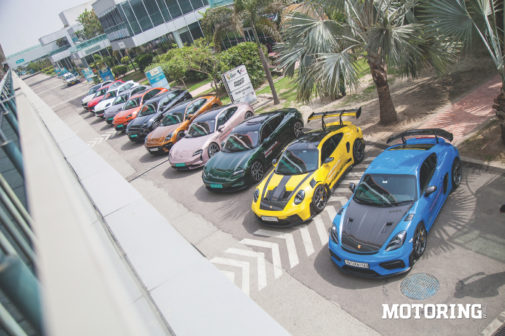Formula One’s most recent desire including manufacturers and the fans is the racing order shake-up. Despite what is turning out to be an amazing mid-season for the 2024 Formula One, the largest shakeup is in 2026. The amazing and a manufacturer’s dread, the engine regulation changes. Here is what you should know.
The power unit will feature increased battery power. The 2026 cars will have switchable configurations to minimise fuel consumption or maximise cornering performance. New active aerodynamics, including movable front and rear wings, will be introduced, allowing for greater cornering speeds with one wing angle and lower drag and greater straight-line speed with another.
The hybrid unit’s power has decreased from 737-750 bhp to 536 bhp, while the battery’s power has increased significantly from 160 bhp to 470 bhp, nearly a 300 per cent rise in electric power.
Energy recovery during braking has doubled to 2 kWh per lap.
Cars will be lighter and smaller. The maximum wheelbase is reduced by 200mm to 3400mm, and the width is cut by 100mm to 1900mm. The minimum weight of the 2026 cars is 768kg, down 30kg from the 2022 models.
Downforce is reduced by 30 per cent and drag by 55 per cent. The 18-inch wheel size from 2022 remains, but the 2026 front tyres are 25mm narrower and the rear tyres 30mm narrower than the previous generation.
ALSO NO DRS?
In 2026, Formula 1 will replace the Drag Reduction System (DRS), which has been in use since 2011 (15 years of DRS!), with a new active aerodynamics system for front and rear wings. The new system allows any car to activate a low-drag mode on straights regardless of their position relative to other cars. This system includes two modes:
Z-mode: The standard setting with higher downforce for the majority of the lap.
X-mode: A low-drag configuration for straights, enhancing speed and energy efficiency.
The DRS, previously used when a car was within one second of another, was deemed necessary for overtaking but often criticized for creating overly easy passes.
The new rules aim to address this by significantly reducing drag, with cars in 2026 expected to have 55 per cent less drag than current models. This change, combined with the new engine rules, will enhance straight-line speed, making the DRS effect negligible.
To facilitate overtaking, the 2026 rules introduce a manual override to use more power from the MGU-K (Motor Generator Unit – Kinetic) at high speeds. When a car reaches 340 kph, the MGU-K’s deployment reduces, but with the override, drivers can access up to 469 bhp of power up to 355 kph.
The FIA has revised the front impact structure rules with a two-stage nose design to reduce detachment risk in impacts. Side intrusion rules are stricter, and protection around the driver and fuel cell area has improved.
Drivers expressed mixed reactions to the new regulations during the media day for the Canadian Grand Prix. Concerns were raised about performance and safety, with some drivers finding the simulated performance of the proposed cars to be slow. Lewis Hamilton noted the importance of sustainability but emphasized the need for efficient and fast cars that improve racing. Alex Albon and Nico Hülkenberg echoed concerns about the cars’ speed and handling.
Max Verstappen noted progress in simulations but acknowledged variability depending on track characteristics. George Russell highlighted safety concerns at high speeds on straights, urging thorough evaluation of the new regulations. Drivers support reducing car weight for better handling, but Verstappen doubts teams can achieve the 30 kg reduction target, citing the weight of the engine and battery.
New regulations have led Ferrari, Mercedes, and Renault to commit to participation, attracted Honda back, and encouraged Audi and Ford to enter through a partnership with Red Bull Powertrains.
Sustainability is a key focus of the 2026 rules. The 2026 power units will run on fully sustainable fuels, aiming for a 50 per cent electrical and 50 per cent thermal power distribution in line with F1 and the FIA’s goal to reach Net Zero Carbon by 2030.






















